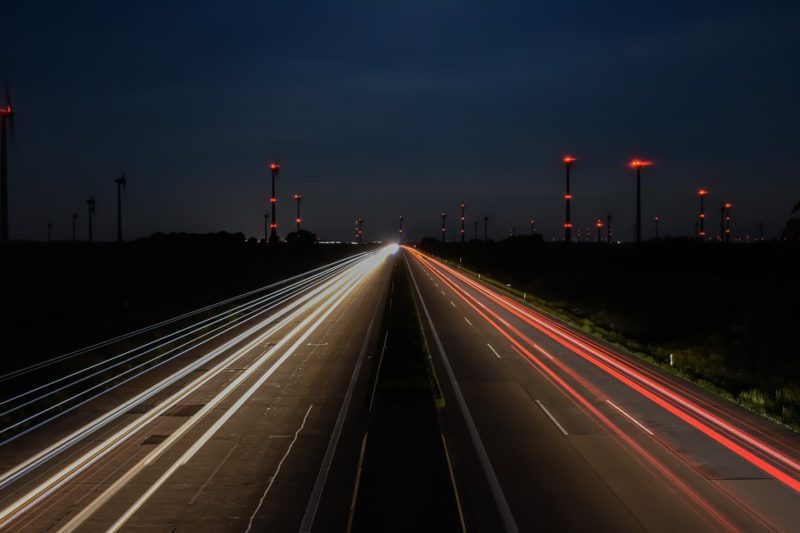The history of the ancient silk road is illustrious. The origins of the trade route can be traced back to the Han Dynasty, under whose rule silk was a valuable export commodity. The Silk road allowed for a network of trade to emerge across Asia and Europe, which then contributed to the exchange of language, culture, commerce and education.
President Xi Jinping has ambitious goals for trade in Asia, particularly with the well known Belt and Road (yi dai yi lu 一带一路) initiative. The Belt and road initiative is, of course, a modern vision for the ancient trade route. President Xi Jinping’s plans for Asia (and beyond) include large scale infrastructure development across Central Asia and a maritime route that connects China with South East Asia, South Asia, Africa and Europe. Implemented effectively, China could boost the Asian economy and accelerate regional growth. According to President Xi Jinping, the Belt and Road initiative aims to deepen economic ties and expand development of the Eurasian region. Accordingly, China hopes to implement bilateral projects across Asia and link them up over time to construct the grand Belt and Road. Things, however, are not always as simple as they seem on the surface. There are quite a few concerns for observers around the world, and providing concrete answers to international anxiety about the project is an important hoop China must jump through to make the initiative a global success.
The obvious geo-political shift
The Chinese Economy has shown consistent growth over the last decade. With the increasing amount of investments China hopes to make as part of the Belt and Road Initiative, many agree that China’s influence in the world economy will only continue to grow. As such, it seems increasingly likely that China will compete with the United States for the status of global superpower in the years to come. A superpower is generally characterized by its ability to achieve its visions across the world, by exerting influence among other countries. Dominance in both hard and soft power is required to achieve this level of influence. Hard power essentially eludes to the use of coercion, such as military power. Soft power, on the other hand, championed by the United States, is one that uses a less subtle but highly effective approach, incorporating economic, cultural and diplomatic ties. China has already championed the military and economic dimensions of influence. The People’s Liberation Army (PLA) of China has over 2.3 million active forces from ground, air and navy forces. China is also known for its arms exports. The United States’ reluctance to export arms to many, other than its close NATO allies, inevitably means that China is making good ground in this area.
China’s soft power, on the other hand, is less successful. While the economic rise of China remains unquestioned, its cultural influence is yet in its infancy. Soft power, arguably, is far more difficult to establish as it depends as much on how it is received by people of varying cultures. China’s cultural initiatives include welcoming international students to study in China, sending teachers and doctors abroad as well as establishing cultural institutions abroad, such as the Confucius Institutes (hanban 汉办). Furthermore, China is also looking to encourage Chinese students to join international organizations such as the UN. It is still a far cry from the soft power exerted by the US though, which has championed the use of Hollywood, books, and cultural ceremonies to indulge foreigners in the ‘American way of life.’ While a steady flow of money does seem to be financing cultural influence in China, it is yet to fully sell the ‘Chinese Dream’ abroad. As such, China has quite a long way to go before it is able to seriously challenge the US for the title of global superpower.
A relatively newer concept is the idea of ‘sharp power’ exerted by China. Unlike soft power, sharp power does not make use of the allures of a country, but aims to influence foreign minds through subversion, bullying and pressure. Examples of Chinese sharp power include interference in Australian policy making, using social media to extract information in Germany and withdrawing an unfavourable Chinese feature from a French Film Festival. While China’s soft power hold is lagging, it is more effective to use monetary bribes or event the pressure of being overlooked for investment to somewhat coercively persuade others on board. Sharp power, however, is less desirable than soft, but it is an area where China has had more success.
Is the Belt and Road, however, a chance for China to improve its global image? Chinese workers will undoubtedly be involved in building various projects across Asia, and as such this gives them the opportunity to connect with other cultures. According to the Belt and Road portal, Chinese workers in Sri Lanka and locals mingle quite well together and even call each other ‘brother.’ This, of course, is more so propaganda by the Chinese Communist Party than solid reporting. Initiatives in Kenya aim to teach Mandarin to at-risk youth, a country where many Chinese live and work. Building cross cultural ties requires trust, respect and patience. Whether China will be able to procure the respect and admiration it longs for, is thus yet to be seen.
The challenge of debt repayment
Of course, most projects along the Belt and Road Initiative involve developing countries in Asia. As such, many countries may be in a difficult spot to repay the financial assistance China offers, if projects turn out to be less than fruitful. Sri Lanka is the prime example of this. China has been involved in many infrastructure development projects across Sri Lanka including the Mattala Rajapaksha International Airport, the Magampura Mahinda Rajapaksha Port in Hambantota and the Nelum Pokuna Mahinda Rajapaksha Theatre. As the debt mounted up, and the island nation found itself unable to cope with the increasing debt, the solution proposed was to lease the Hambantota port and roughly 15,000 acres of land around it to China. This course of action, undoubtedly, raised more than a few eyebrows.
Of course, the previous Sri Lankan president who presided over much of the projects, Mahinda Rajapaksha, was quite well known for his share of theatrics in office. Rajapaksha was known for blatantly appointing family members to influential government positions and rampant corruption among various other scandals. The location for the multi million dollar Mattala International Airport in Hambantota, Sri Lanka, was selected solely based on the then president’s personal fantasy to develop his hometown. Commonly dubbed as the ‘ghost airport,’ the airport facilitates roughly a dozen passengers a day. The message drawn from this narrative is the fact that Rajapaksha was able to play the role of the spoilt son who ran over to his Chinese parents for financing his shiny toys. The Chinese too participated with vigour, in situations where other institutions such as the World Bank would hesitate.
Essentially, China is investing in many projects without a clear consideration for the economic viability of the project. This is where many question the motives behind the OBOR. Is it to simply to invest in creating a network of trade over which China could preside, or is it to nibble away at the sovereignty of countries (as it did with the Hambantota port in Sri Lanka)?
The environmental impact
President Xi Jinping’s speech on the Belt and Road initiative discussed the need for a path of innovation, which incorporates ecological and environmental protection in line with the 2030 Sustainable Development Goals (SDGs). There are of course many concerns, as with any major infrastructure project, on what the impact on the environment will look like. The Trans Anatolian Natural Gas Pipeline (TANAP) recently opened for operations and is part of the greater Southern Gas Corridor Program. The Southern Gas Corridor Program aims to transport natural gas across Central Asia and well in to Europe. While natural gas is known to be cleaner than its counterparts, it doesn’t add value to the vision of sustainable infrastructure President Xi Jinping raves about. Further, environmentally damaging projects include oil pipelines in Myanmar, coal powered power plants in Pakistan, as well as mining in Ghana.
In order to minimize the impacts of such mega projects, both innovation and commitment to best practices will be necessary. Good faith investigations and consultations with communities impacted may help China understand the extent of the impact and also provide China with much needed support at the local level. China is no stranger to technological innovation. While China has already developed the overall macro vision for the future of Asian trade, it would be wise to invest time in some of the finer micro details. This could include consulting local communities on what they value and expect, implementing creative sustainability initiatives, and following international regulations.
As President Xi Jinping states in the Governance of China, “It takes good iron to make good products.” That means better technology, quality inputs and sound economic policies for a sound Belt and Road.
Featured image: Infrastructure development of Traffic (2017), by Marcus Woeckel via pixabay. CC0.
Disclaimer: Any views or opinions expressed in articles are solely those of the authors and do not necessarily represent the views of the NATO Association of Canada.




